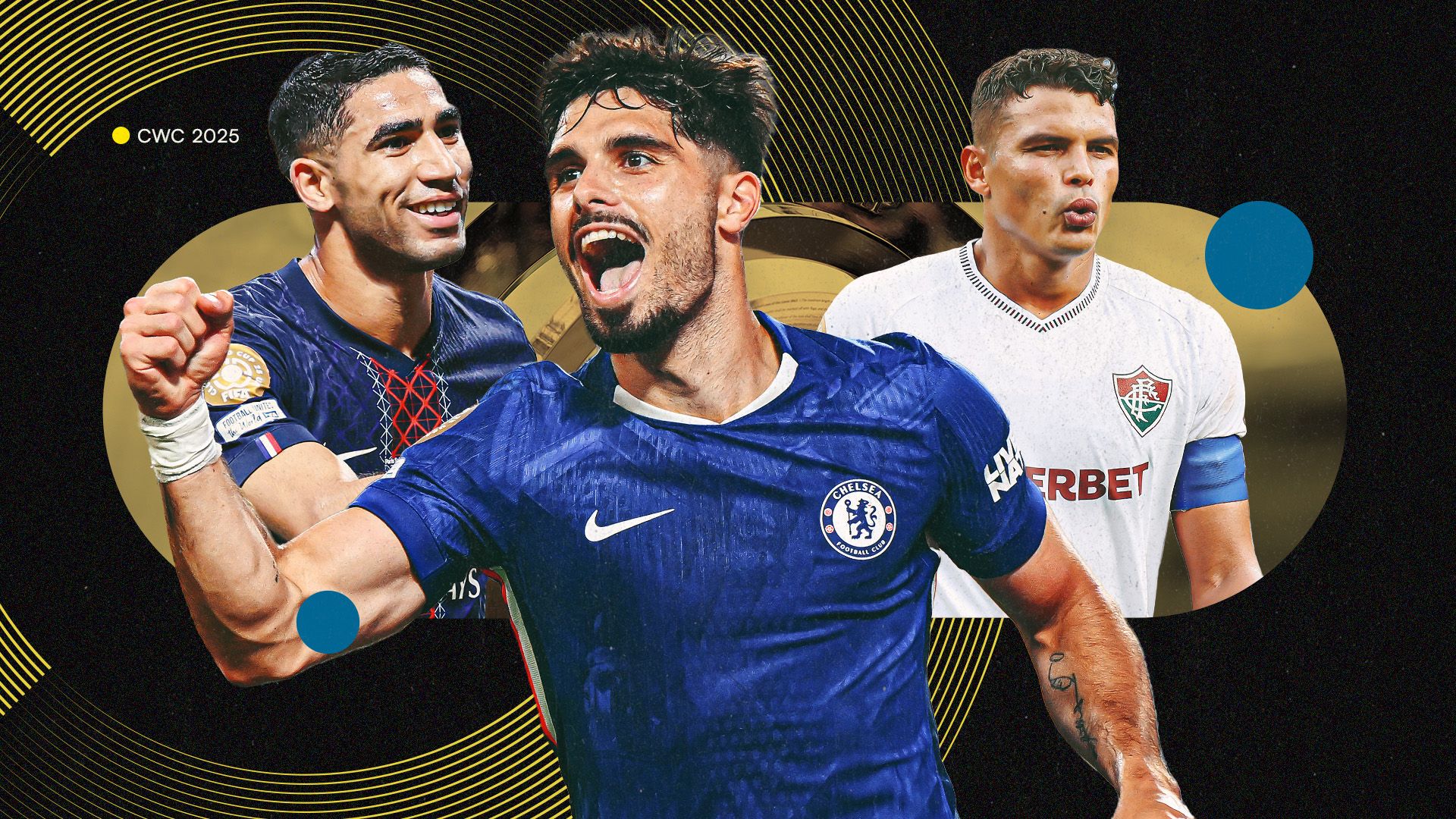Club World Cup Finalists: The Tournament’s Standout Seven
Club World Cup fever has gripped football fans for the past three weeks, and the expanded 32-team showpiece has delivered more drama than anyone predicted. From Riyadh to Rio, stadiums have vibrated with colour, choreography, and the unmistakable clash of continental styles. Now, with Chelsea and Paris Saint-Germain preparing for Sunday’s decider, we spotlight the seven names who elevated the 2025 edition and shaped the narrative heading into the grand finale.
Club World Cup Final Shapes a New Global Order
Europe’s elite still reign, yet this Club World Cup demonstrated that the gap is narrowing. Chelsea and PSG both rode precarious moments, while Brazilian, Saudi, and Spanish clubs forced tactical adjustments that kept coaches guessing. The tournament’s longer format meant more rest days, allowing sides to field first-choice line-ups deeper into the schedule—one of several reasons performances hit a higher level than the previous seven-team model.
Pedro Neto: Chelsea’s Relentless Wing Wizard
If Chelsea score first on Sunday, chances are Pedro Neto will be involved. The Portuguese winger erased doubts over his big-money January move, registering four goals and three assists in five appearances. His searing pace stretched compact defences, particularly in the quarter-final against Al Hilal when he completed nine successful dribbles—more than any player managed in a single match this tournament.
Moises Caicedo Anchors the Midfield Revolution
Critics questioned Chelsea’s record fee for Moises Caicedo, but the Ecuadorian silenced them with a masterclass in ball recovery. His 42 tackles are the most by any player in a single Club World Cup. Perhaps more impressive, his forward passing broke lines rather than recycling possession, giving Neto and Nicolas Jackson licence to run. When Caicedo dictates tempo, Chelsea look unstoppable.
Achraf Hakimi Turns Finisher for PSG
Achraf Hakimi arrived in Japan as a wing-back; he departs as PSG’s unlikely leading scorer. Luis Enrique’s decision to invert full-backs opened central channels for Hakimi, who finished chances with the composure of a striker. His chipped winner against Real Madrid in the last eight already lives in PSG folklore—a defining moment that sent the club into only their second ever intercontinental final.
Fabian Ruiz: The Metronome Behind Parisian Flair
While Hakimi delivered the headlines, Fabian Ruiz supplied the rhythm. The Spaniard’s passing accuracy of 93% is tops among midfielders with over 300 minutes played. More than a metronome, he produced a thunderous long-range strike to bury Fluminense, underlining how Ruiz’s shooting threat prevents rivals from crowding Kylian Mbappé.
Thiago Silva Rolls Back the Years for Fluminense
Nineteen years older than Real Madrid wonderkid Gonzalo Garcia, Thiago Silva defied time. The 40-year-old marshalled a backline that conceded just twice in open play before losing to PSG. His positional sense, allied to a still-ferocious leap, neutralised aerial threats despite his side’s comparative lack of height. Fluminense’s semi-final appearance is a testament to Silva’s leadership and tactical IQ.
Breakout Talents: Marcos Leonardo & Gonzalo Garcia
Brazil and Saudi Arabia celebrated their new attacking darlings. For Al Hilal, Marcos Leonardo’s brace against Manchester City turned scouts’ heads; ever alert, he pounced on half-chances and showcased an underrated link-up game. Gonzalo Garcia, meanwhile, provided Real Madrid fans with nostalgia for Raul: ghosting between the lines, ice-cold finishing, and an eagerness to press from the front. Neither youngster reached the final, yet both left with reputations enhanced and price tags inflated.
Why Europe Still Sets the Pace
European sides claimed five of eight quarter-final spots, owed largely to squad depth and conditioning methods refined over decades. Where South American clubs juggled domestic travel and climate swings, Chelsea and PSG rotated seamlessly without noticeable drop-off. The conclusion is unavoidable: until other confederations invest in sports science and analytics on a similar scale, Europe will keep holding the upper hand at the Club World Cup.
Looking Ahead to Sunday’s Showpiece
Chelsea’s high press versus PSG’s quick vertical transitions promises a stylistic chess match. Caicedo shadowing Mbappé could free Hakimi again, while Neto’s duel with Nuno Mendes may decide territory. Penalties loom large; both managers drilled spot kicks in Saturday’s closed sessions. The Yokohama International Stadium is set for a capacity crowd of 71,000, and the trophy engraver is standing by.
Opinion: The Future of the Club World Cup
Expanding to 32 clubs was ridiculed by traditionalists, yet the 2025 edition proved doubters wrong. Fans sampled fresh match-ups—Seattle Sounders vs Benfica, Al Ahly vs Monterrey—while players embraced a truly global competitive theatre. FIFA must now protect sporting integrity by capping fixture congestion, ensuring star names continue to buy in. If they strike that balance, the Club World Cup can rival the Euros or Copa América for prestige within a decade.
Your global gateway to nonstop football coverage:
News Goal
Share this content:

